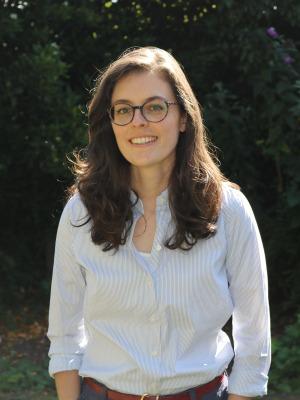Louise Hirst
 Professor of Materials Physics at the University of Cambridge
Professor of Materials Physics at the University of Cambridge
Louise formed the Space Photovoltaics research group in Cambridge in 2018, which bridges the Department of Physics and the Department of Materials Science and Metallurgy. Her current research focuses on the development of photovoltaic systems for next generation space power applications, including satellite networks, space exploration and space based solar power.
Why is gender equality important in STEM?
STEM solutions are needed to address societal challenges including climate change, global development and security, and future healthcare. The successful development and implementation of these solutions requires representation from all stake holders, making gender equality critically important.
What interested you in quantum?
I like making things. In particular, developing new and improved ways to fabricate emerging device types so they deliver better performance. These devices exploit quantum effects to deliver enhanced functionality.
What are you working on at the moment and what are the applications of this?
Broadly speaking I work on the development of devices which efficiently absorb photons in different spectral ranges and enable rapid extraction of the photo generated charge carriers. For the QEPNT Hub, we are applying this to imaging detectors for LiDAR, although another branch of my work employs a similar concept for satellite power systems.
What are your hopes for the future and is there a particular application of quantum technologies that you are excited to see the development of in years to come?
Quantum technologies are rapidly maturing and providing key functionality across a range of sectors from aerospace, automotive, healthcare, communications etc. An exciting application of the LiDAR development we are working on with the QEPNT Hub is for autonomous vehicles, allowing them to interpret objects in 3D space with an enhanced palette of information.
What transferrable skills do you think are the most important skills for a career in quantum?
A creative thought process is necessary to make connections between different areas of development and link-up different ideas. This can be a challenge in an inherently interdisciplinary area of study.
What advice would you give to young women, who hope to pursue a career in STEM, particularly in quantum?
Careers in STEM and quantum are hugely varied and multifaceted. They also offer tremendous opportunity for creativity and out-of-the-box thinking and have the potential to deliver profound impact to society.

